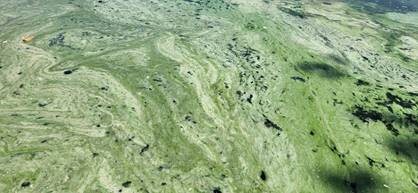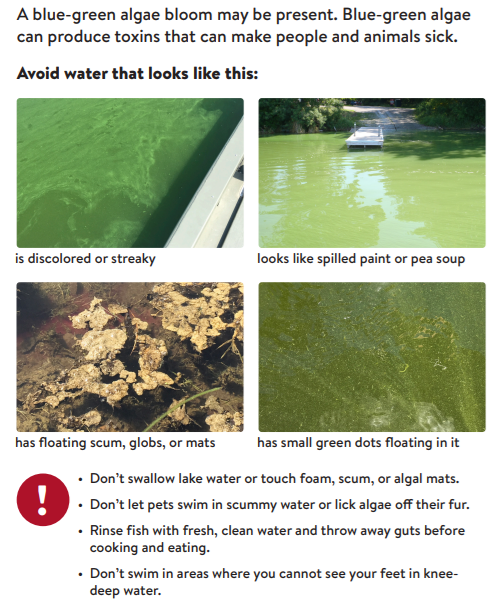ACD was contracted by the Isanti Soil and Water Conservation District (SWCD) to monitor water quality in 7 Lakes, located in the Oxford Township of Isanti County. These lakes are within the Lower St. Croix watershed and have been monitored by the Isanti SWCD since 2017. These lakes have diverse aquatic plant communities, and several rare plant and/or species of special concern have been identified. These natural environment lakes are located in areas of Isanti County that are poised for development in the coming years, making it a crucial time for outreach and education. Conservation agencies such as the Isanti SWCD and the Lower St. Croix Watershed Partnership recognize the importance of using policy and education to help preserve and protect the environment.
Check out this short video on protecting lakes in Oxford Township. The Isanti SWCD is one of the 16 partners of the Lower St. Croix Watershed Partnership, an initiative that looks to protect and restore our water resources for the next ten years. You can learn more about the Isanti SWCD and the LSC Watershed Partnership. For more information contact Kris Larson, Water Resource Specialist, at




